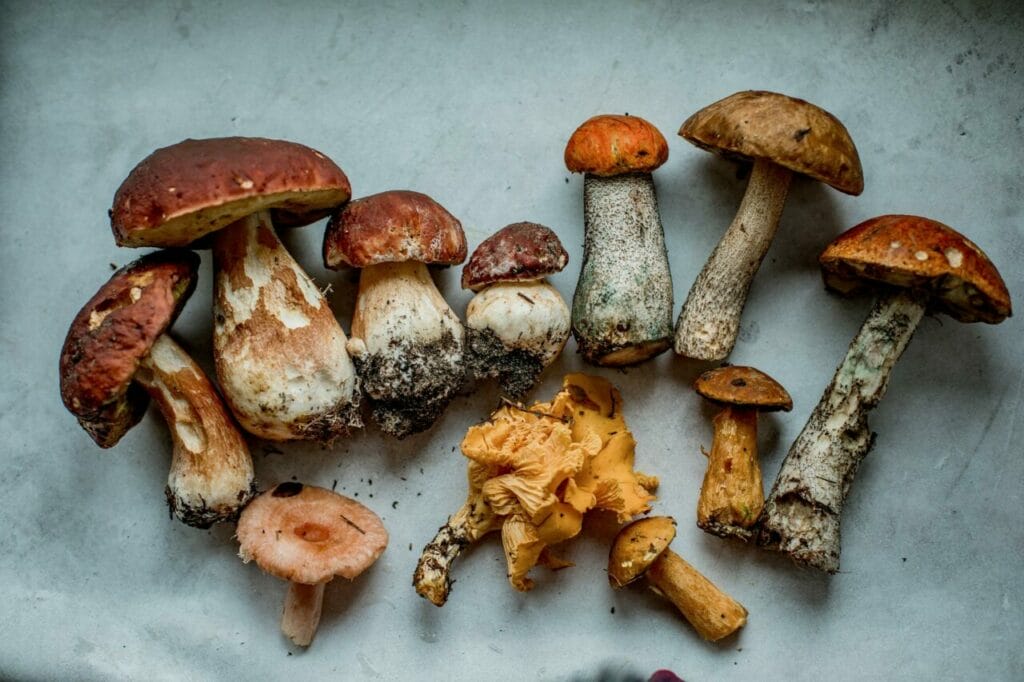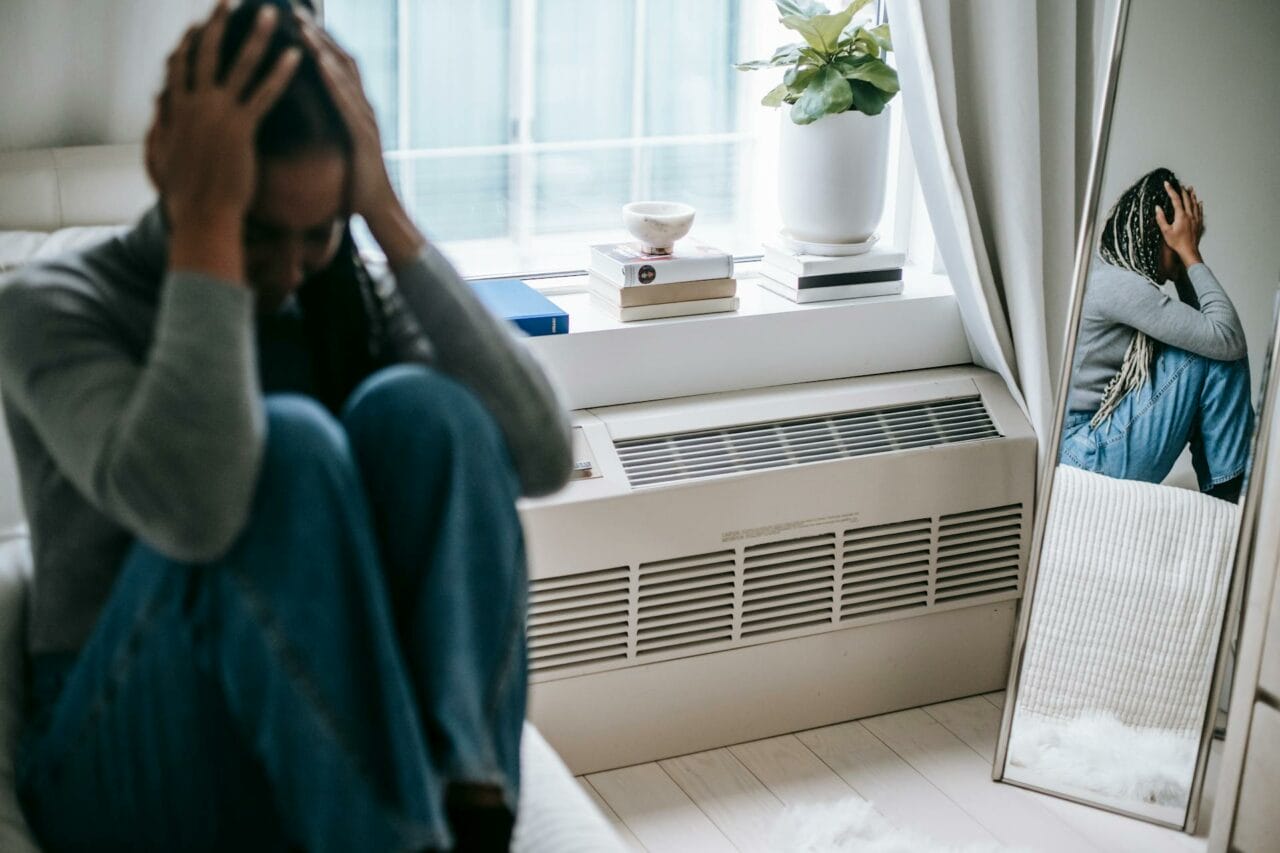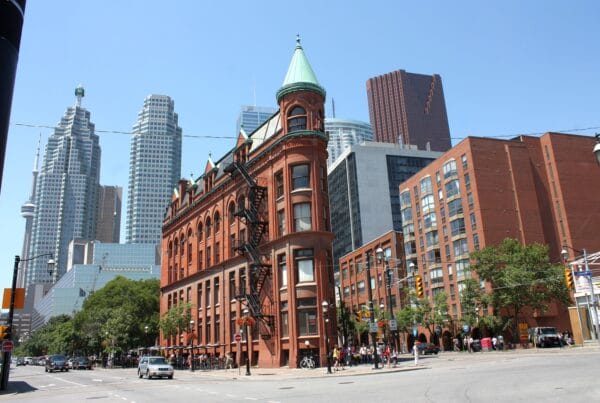Traditional anxiety treatment typically involves medication and therapy. However, due to potential side effects, these methods may not work for everyone. As a result, alternative solutions such as psychedelic therapy, which uses substances like “magic mushrooms Montreal” among others, are gaining traction.
We are your ultimate destination for buying psychedelics online in Canada. Our services are fast, safe, and discreet.
[toc]Key Takeaways:
- Psychedelic therapy harmonizes the healing effects of psychedelic substances with traditional talk therapy to boost the recovery process.
- Psychedelic therapy has the potential to improve emotional wellness and overall life quality through spiritual journeys.
- The integration process is a crucial component of psychedelic therapy, aiming to ensure the therapy’s lasting effectiveness.

Anxiety Disorder Trends in Canada
The 2022 Mental Health and Access to Care Survey data shows a concerning surge in the prevalence of anxiety disorders in Canada. The percentage of Canadians aged 15 and above diagnosed with generalized anxiety disorder in the year leading up to the survey has risen from 2.6% in 2012 to 5.2% in 2022.
Traditional Treatment vs. Psychedelic Therapy
Standard treatments for anxiety disorders typically involve a combination of psychotherapy and medication. Psychotherapy, also referred to as psychological counselling, is a collaborative process between a therapist and the patient to alleviate anxiety symptoms.
In contrast, anxiety medications work by tailoring treatment to the specific type of anxiety disorder and considering any other mental or physical health conditions. Although treatment may vary based on individual needs, the foundational strategies are psychotherapy and medication.
Psychedelic therapy sessions are unique in that they include one or two doses of a psychedelic substance, combined with other therapeutic techniques.
Understanding Psychedelic Therapy
Psychedelic therapy represents a therapeutic approach that harnesses the potential benefits of psychedelic substances to enhance the healing process. These substances, known for their hallucinogenic properties, have been integral parts of holistic medicine and spiritual rituals in various cultures for millennia.
The primary substances used in these therapeutic sessions are Lysergic acid diethylamide (LSD) and psilocybin. LSD induces changes in mood, perception, and consciousness. According to the Health Canada website, psilocybin is the active ingredient in magic mushrooms. Consuming these mushrooms can trigger sensory perceptions like visual, auditory, or tactile hallucinations.
Determining Dosage for Treatment Sessions
In the course of psychedelic therapy, professionals assess patients to determine the appropriate dosage of psilocybin for their sessions. The dosage varies, with some patients beginning with moderate amounts, while others can handle larger quantities of the substance. The typical treatment plan involves one to three sessions, each lasting for six to eight hours and separated by several weeks. This method differs from conventional treatments that require daily administration until further guidance from a healthcare provider.
The Spiritual and Transformational Journey
Unlike anxiety medications that focus on symptom management, therapy aims to delve into the root causes of the condition. Psychedelic therapy can significantly impact emotional health and overall life quality by inducing transformative visions or feelings of divine connection.
These immersive experiences can lead to profound realizations, increased self-awareness, and enhanced emotional processing. Such outcomes can stimulate personal development, inspire positive behavioral changes, and improve overall mental health.
Outcomes
| Expanded Consciousness | Altered states of consciousness provide a new viewpoint of the world. | Typically, this increased awareness results in: Profound realizationsEpiphaniesEnhanced understanding of oneself and the surrounding environment |
| Emotional Healing | Enables emotional healing by creating an opportunity to confront and process unresolved trauma, grief, or emotional distress. | This process assists in:Reaching deeply buried emotionsReleasing emotional blockagesFostering emotional well-being |
| Increased Self-Awareness | Enhances connectivity between sensory brain regions while reducing connectivity within the default mode network. This network integrates brain regions that are interconnected, specializing in introspective cognition and subjective self-perception.” | These regions aim to: Modify negative cognitive patterns, beliefs, and habitual behaviours. Empower users to gain profound insights into their authentic selves, motivations, and social interactions. |
Somatic Therapy
Somatic therapy, while not traditionally linked with psychedelic therapy, is gaining recognition for its potential benefits. This body-centric approach explores the connection between the mind and body. It’s based on the idea that previous traumas can result in sensations becoming trapped within the body. Somatic therapists help individuals identify these physical sensations and use therapeutic methods to alleviate this tension.
Integration
This provides a framework for clients to attain clarity, acquire perspective, and cultivate wisdom from their psychedelic experiences. The transformative process unfolds during integration sessions between the therapist and the client and the client’s active engagement outside of psychedelic explorations. Integration enhances the transformative effects of psychedelics by actively engaging with surfaced insights and emotional revelations.
Types of Integration
- Journaling. By documenting experiences, individuals can solidify memories for easier future recall. It also enables clients to examine their experiences from various perspectives to discover different interpretations, meanings, and connections.
- Art. This provides an effective way to encapsulate the complex feelings and emotions of a psychedelic journey in a creative and visually expressive manner.
- Practicing Nature-based Approaches. These can be as simple as taking mindful walks in the woods or seeking tranquility next to a peaceful body of water. Therapists can assist clients in recognizing the intricate patterns within nature or suggest using natural elements like plants, stones, water, and candles as grounding tools.
- Engaging in Integration Groups. Group sessions with individuals who share similar experiences offer a significant opportunity for reflection, support, and connection. The capacity of psychedelic therapy to spark a sense of interconnectedness and shared understanding beyond individual boundaries is fundamental.
The Application of These Techniques in Anxiety Treatment
The essential pharmacological principle underlying all psychedelics is their ability to function as agonists, or activators, of serotonin (5-HT) 2A receptors.
The main objective of psychedelic research is to understand how these substances affect the default mode network in the brain. This network is notably linked with repetitive thoughts and conditions such as depression and anxiety disorders. Treatment can significantly reduce anxiety, with the effects lasting up to 12 months after treatment.
After undergoing a psilocybin session, which often involves intense spiritual experiences, patients engage in a debriefing with their therapist. In these therapeutic conversations, healthcare professionals strive to listen attentively to the patient while employing specific strategies to enhance the positive outcomes of the treatment.
These techniques work together to provide prolonged relief for anxiety sufferers in fewer sessions as compared to traditional treatments.
Experience Transformation, One Session at a Time
While many individuals rely on traditional anxiety treatments, not everyone finds them effective or satisfying. Psychedelic therapy provides an alternative, using unique approaches that can trigger transformative experiences. These methods work synergistically to yield deep, long-lasting effects—sometimes for up to a year following just one to three sessions.
Beyond improving mental health, this therapy could also offer significant cost savings for patients. Ready to discover a new path to wellness? Explore the potential of psychedelic therapy with Magic Mushroom Delivery Canada.
Frequently Asked Questions
What type of magic mushroom is typically used for psychedelic therapy?
In studies on psychedelic-assisted therapy, it’s often overlooked to specify the type of mushroom being used. However, Psilocybe cubensis is generally the common choice.
Online magic mushroom dispensaries offer a variety of strains to cater to different tastes. You have the freedom to choose any strain to experience the healing effects of psychedelics. Nonetheless, be cautious and choose a reliable vendor to avoid buying unsafe magic mushrooms from dishonest sources.
What is the duration of psychedelic therapy?
Psychedelic therapy consists of several stages and its duration can differ. A single session where the psychedelic is taken lasts between 4 to 8 hours. The entire therapeutic process, including preparation, the session, and subsequent discussions, can span from a few weeks to several months.
As for long-term effects, individuals report improvements in their mental health for several months or even up to a year after treatment.
One year can yield significant results after only one or a few sessions.Several sessions are included.
Does the therapist guide the patient through a spiritual journey?
In this stage, experts such as therapists or other staff members may offer guidance to the patient. Studies suggest that Spiritual Health Practitioners (SHPs) contribute uniquely valuable perspectives that enhance participant’s well-being and facilitate their progress on a spiritual journey. Some people seek the support of an SHP, while others rely on the therapist or specialist at hand.
Is the concept of “set and setting” integral to the process of psychedelic therapy?
Indeed, both the individual’s mindset (set) and the physical surroundings (setting) are vital for safely fostering spiritual experiences during a psychedelic therapy session. The individual’s mental state influences their spiritual journey and shapes their experience before and during the psychedelic session. Factors such as beliefs, expectations, emotional states, and intentions determine the course and depth of the experience.
Primary Source: Psychedelics as Emerging Treatments for Anxiety Disorders: Opportunities and Challenges in a Budding Field – PMC (nih.gov)
About the Authors:
Franklin King, IV, MD. and Rebecca Hammond, M.D.
Related Articles:





